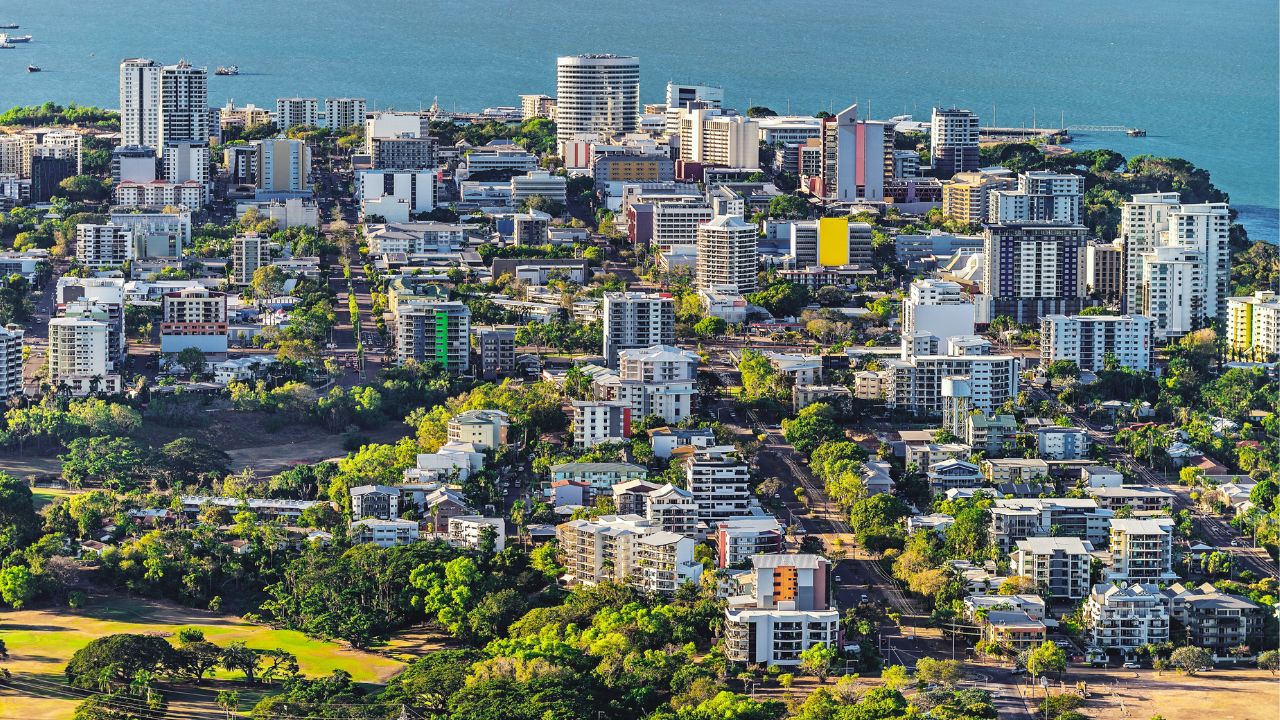According to CoreLogic’s latest Home Value Index, national dwelling values rose by 0.6 per cent in July, maintaining the same growth rate seen in the previous two months.
The positive trend has been supported by persistently low inventory levels, with national listings tracking approximately 19 per cent below the previous five-year average for this time of year.
Darwin led the capital cities with a solid 2.2 per cent rise in July, followed by Perth at 0.9 per cent.
Brisbane and Adelaide both recorded 0.7 per cent growth, while Sydney saw a 0.6 per cent increase.
Melbourne, Canberra, and Hobart experienced more modest gains at 0.4 per cent, 0.5 per cent, and 0.1 per cent respectively.
CoreLogic Research Director, Tim Lawless, said the housing market has found a balance between opposing forces.
“At the national level, the pace of growth in housing values is no longer accelerating,” Mr Lawless said.
“Rather, we have seen growth rates holding a little above half a percent from month to month since May as the opposing influence of low supply, falling interest rates and rising confidence run up against affordability constraints and lingering uncertainty.”
The quarterly growth rate has shown a clear upswing, with national values rising 1.8 per cent over the three months ending July – the strongest outcome since June last year.
House values are once again outpacing the unit sector, with national house values rising 1.9 per cent over the past three months compared to 1.4 per cent for units.
This has pushed the difference between the national median house and unit value to a record high of 32.3 per cent, or approximately $223,000.
Mr Lawless said this trend seems counterintuitive given affordability constraints and limited multi-unit housing supply.
“Clearly, demand preferences are still weighted towards detached housing options despite the substantially lower price points available across the unit sector,” he said.
The rental market is also showing signs of reacceleration, with national rents up 1.1 per cent over the three months ending July on a seasonally adjusted basis.
Unit rents have shown a stronger trend, rising 1.3 per cent over the past three months.
This reacceleration in rental growth presents challenges for renters who are already facing significant financial pressure.
“The reacceleration in rental growth is clearly bad news for renters, where the median income household would already need around a third of their pre-tax income to pay rent,” Mr Lawless said.
“Renting households have historically skewed to younger, lower-income cohorts, so no doubt the sting of high rents is having an even more acute impact on household budgets.”
The outlook for housing values remains positive, with expectations of continued modest rises through the rest of the year.
This optimism is supported by the prospect of lower interest rates, improving sentiment, and short housing supply.
However, housing affordability remains the most significant barrier to a substantial rise in housing prices, with the national dwelling value to household income ratio at 7.9, just shy of record highs.
Mr Lawless said lower interest rates would have broader impacts beyond just improving loan serviceability.
“Lower interest rates go well beyond providing a lift to home loan serviceability and borrowing capacity,” he said.
“We expect to see a further rise in consumer sentiment as cost-of-living pressures are contained and the cash rate moves lower.
“Historically, consumer sentiment and housing activity have shown a close relationship.”

